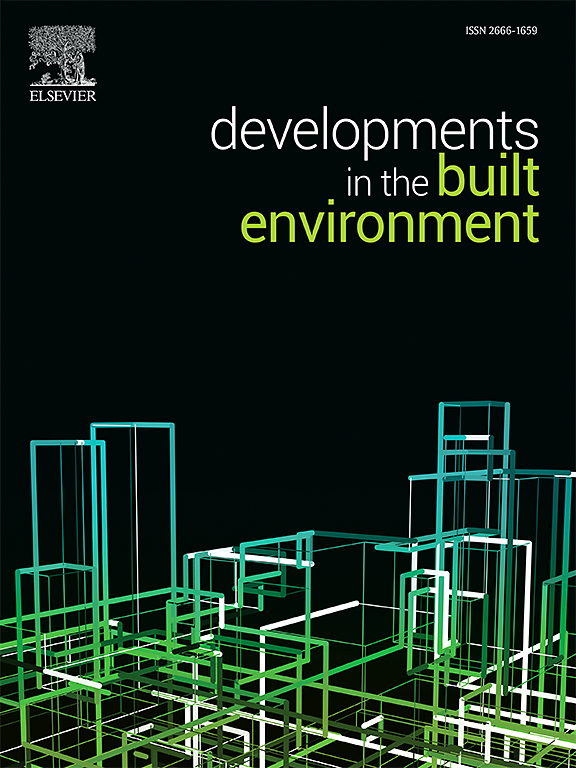Enhancing sustainable utilization of iron-based alkaline solid wastes for carbon mineralization: Insights into CO2 transport and adsorption dynamics
IF 6.2
2区 工程技术
Q1 CONSTRUCTION & BUILDING TECHNOLOGY
引用次数: 0
Abstract
Iron-based alkaline solid wastes provide substrates for carbon mineralization, addressing global warming. However, the mechanisms of CO2 transport and adsorption within their porous structures are not fully understood. Using advanced grand canonical Monte Carlo (GCMC) methods, this study explores CO2 transport and adsorption in iron-based alkaline wastes under different humidity conditions. The results show that FeO and Fe2O3 reduce the CO2 adsorption capacity in calcium hydroxide (CH) nanopores, a key component of these wastes. The presence of iron-based solids causes inhomogeneous porewater distribution, diminishing CO2 dissolution and adsorption on the gas-liquid interface. By analyzing adsorption energy and CO2 diffusion coefficients, we found that iron-based porous systems have lower CO2 transport efficiency and storage capacity, highlighting their limited carbonation potential. The weak CO2-surface interactions in these wastes are identified as the primary challenge to improving carbon mineralization. These findings provide crucial insights for enhancing the sustainable use of iron-based alkaline wastes.
提高铁基碱性固体废物碳矿化的可持续利用:二氧化碳运输和吸附动力学的见解
铁基碱性固体废物为碳矿化提供基质,解决全球变暖问题。然而,CO2在其多孔结构内的运输和吸附机制尚不完全清楚。利用先进的大正则蒙特卡罗(GCMC)方法,研究了不同湿度条件下铁基碱性废物中CO2的迁移和吸附。结果表明,FeO和Fe2O3降低了这些废物的关键成分氢氧化钙(CH)纳米孔对CO2的吸附能力。铁基固体的存在导致孔隙水分布不均匀,减少了CO2在气液界面上的溶解和吸附。通过分析吸附能和CO2扩散系数,我们发现铁基多孔体系具有较低的CO2传输效率和储存能力,突出了其有限的碳化潜力。这些废物中微弱的二氧化碳-表面相互作用被认为是改善碳矿化的主要挑战。这些发现为加强铁基碱性废物的可持续利用提供了重要的见解。
本文章由计算机程序翻译,如有差异,请以英文原文为准。
求助全文
约1分钟内获得全文
求助全文
来源期刊

Developments in the Built Environment
Multiple-
CiteScore
7.40
自引率
1.20%
发文量
31
审稿时长
22 days
期刊介绍:
Developments in the Built Environment (DIBE) is a recently established peer-reviewed gold open access journal, ensuring that all accepted articles are permanently and freely accessible. Focused on civil engineering and the built environment, DIBE publishes original papers and short communications. Encompassing topics such as construction materials and building sustainability, the journal adopts a holistic approach with the aim of benefiting the community.
 求助内容:
求助内容: 应助结果提醒方式:
应助结果提醒方式:


